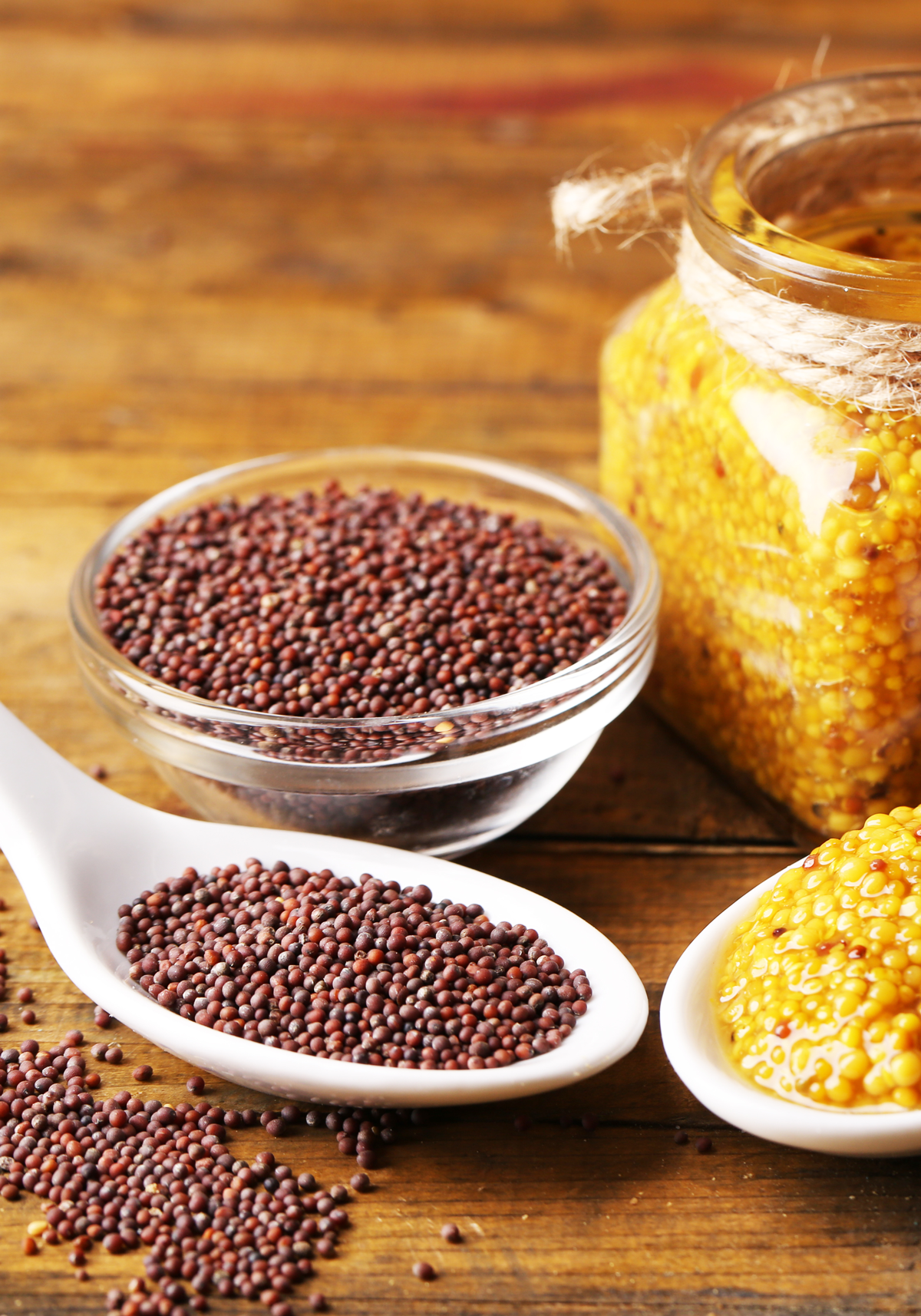 Mustard seeds may be small, but they pack a surprising punch. Toss a few into hot oil and they immediately start to pop and crackle, releasing a nutty aroma that signals flavor is on the way.
Mustard seeds may be small, but they pack a surprising punch. Toss a few into hot oil and they immediately start to pop and crackle, releasing a nutty aroma that signals flavor is on the way.
These tiny seeds are used in kitchens across the world, adding everything from subtle warmth to bold, sharp notes depending on how they’re prepared. You’ll find them in crunchy pickles, hearty curries, tangy salad dressings, and countless spice blends.
With three main varieties—yellow, brown, and black—each offering its own character, mustard seeds are far more versatile than just a condiment ingredient. Let’s take a closer look at what they are, how they taste, and the many ways you can use them in cooking.
What Are Mustard Seeds?
Mustard seeds are the small, round seeds of the mustard plant, a member of the same family as broccoli, cabbage, and radish. Despite their size, they’re packed with flavor and have been valued in cooking for thousands of years.
They can be used whole, ground into mustard powder, or pressed into mustard oil, with each form bringing a different intensity to a dish. Whole seeds add crunch and a nutty aroma when fried, while ground powder delivers sharper heat, and mustard oil brings a deep, pungent edge.
Simple as they look, mustard seeds remain one of the world’s oldest spices, still adding their crackle and character to kitchens everywhere.
Quick Facts About Mustard Seeds
- What it is: Tiny round seeds from mustard plants, widely used in Indian and global cooking
- Flavor: Pungent, nutty, slightly spicy; develops a sharp aroma when fried or ground
- Best in: Tempering (tadka), pickles, curries, stir-fries, and chutneys
- Varieties: Black, brown, and yellow seeds—each with varying intensity
- Storage: Store in an airtight jar in a cool, dark place; keeps fresh for up to a year
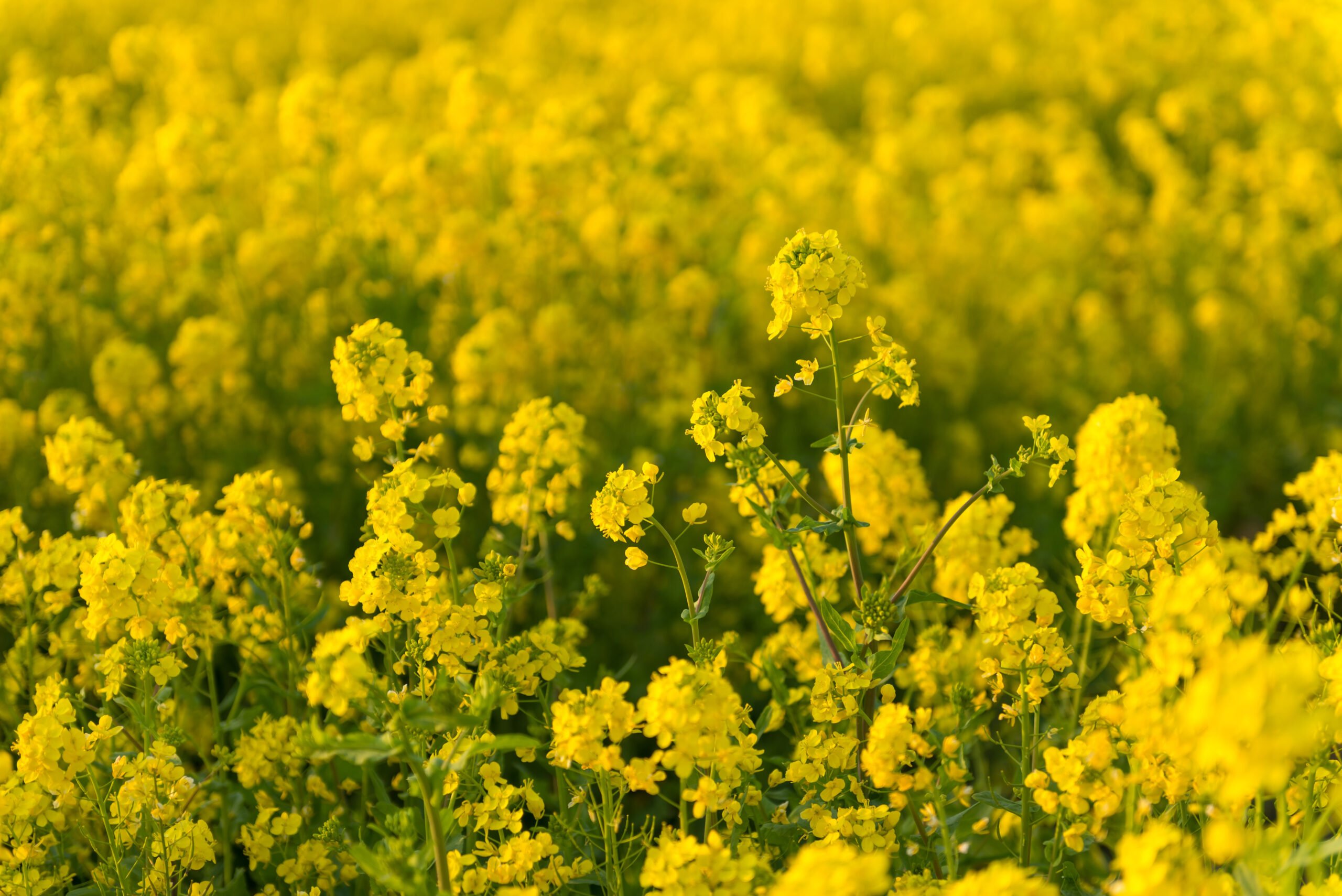
Mustard Seed Types
Not all mustard seeds are created equal. Each variety brings its own flavor, heat level, and best use—so picking the right one can make a real difference in your dish.
There are three main types you’ll find in spice aisles:
1. Yellow Mustard Seeds
-
Flavor: Mildest in flavor, slightly tangy and nutty.
-
Common Uses: American mustard, pickles, vinaigrettes, spice rubs
-
Heat Level: Very low—great for beginners or subtle dishes
2. Brown Mustard Seeds
-
Flavor: Bolder, earthier, with more heat than yellow
-
Common Uses: Indian curries, Chinese stir-fries, whole-grain mustard
-
Heat Level: Medium-hot, ideal for savory spice blends and oils
3. Black Mustard Seeds
-
Flavor: Sharp, pungent, and the most intense of the three
-
Common Uses: Indian tadka/tempering, dals, potato dishes
-
Heat Level: High—these pack a punch and pop quickly when heated
Pro Tip: You can often substitute one for another in a pinch but expect some shifts in flavor and heat. Yellow for mild, brown for balance, black for bold.
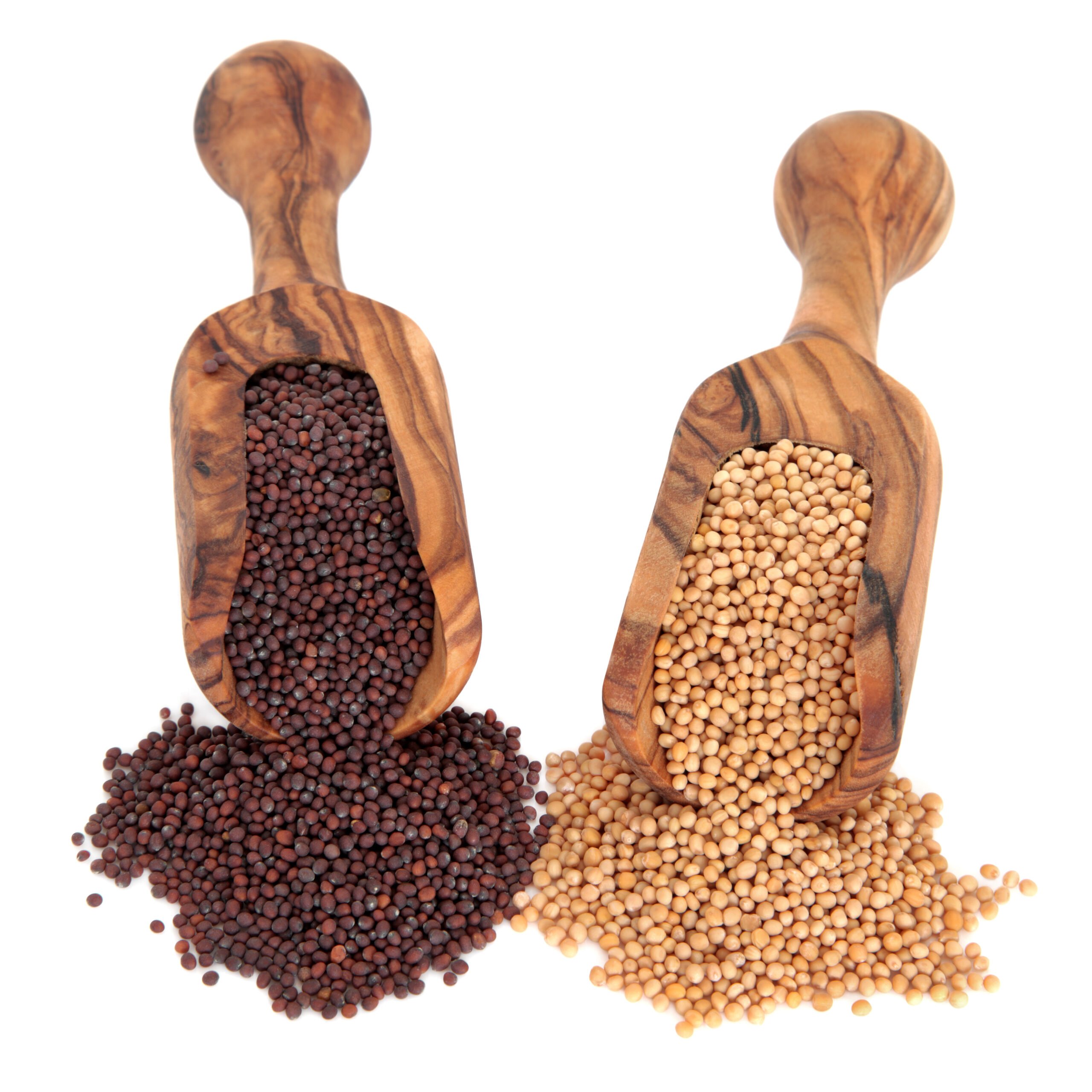
Popular Forms You’ll Find It In
Mustard seeds aren’t just one-and-done—they come in several forms, each with its own role in the kitchen:
1. Whole Seeds
These are the crackling stars of the spice world. Toast them, temper them, or soak them for pickles—whole seeds add texture, aroma, and a mild bite.
2. Ground Mustard (Dry Mustard Powder)
Made by grinding the seeds, this form is used in dry rubs, sauces, dressings, and spice blends. It’s bold, fast-acting, and should be stored airtight to stay potent.
3. Mustard Paste
Mix ground mustard with water, vinegar, or wine to create condiments. Think Dijon, English mustard, or the classic yellow squeeze bottle. Great for sandwiches, marinades, and glazes.
4. Mustard Oil
Pressed from the seeds, this oil is spicy, aromatic, and widely used in Indian and Bangladeshi cooking. It’s powerful stuff—often heated before use to mellow its pungency.
Each form brings something unique, so how you use mustard depends on how you want it to behave: crunchy, creamy, spicy, or smoky.
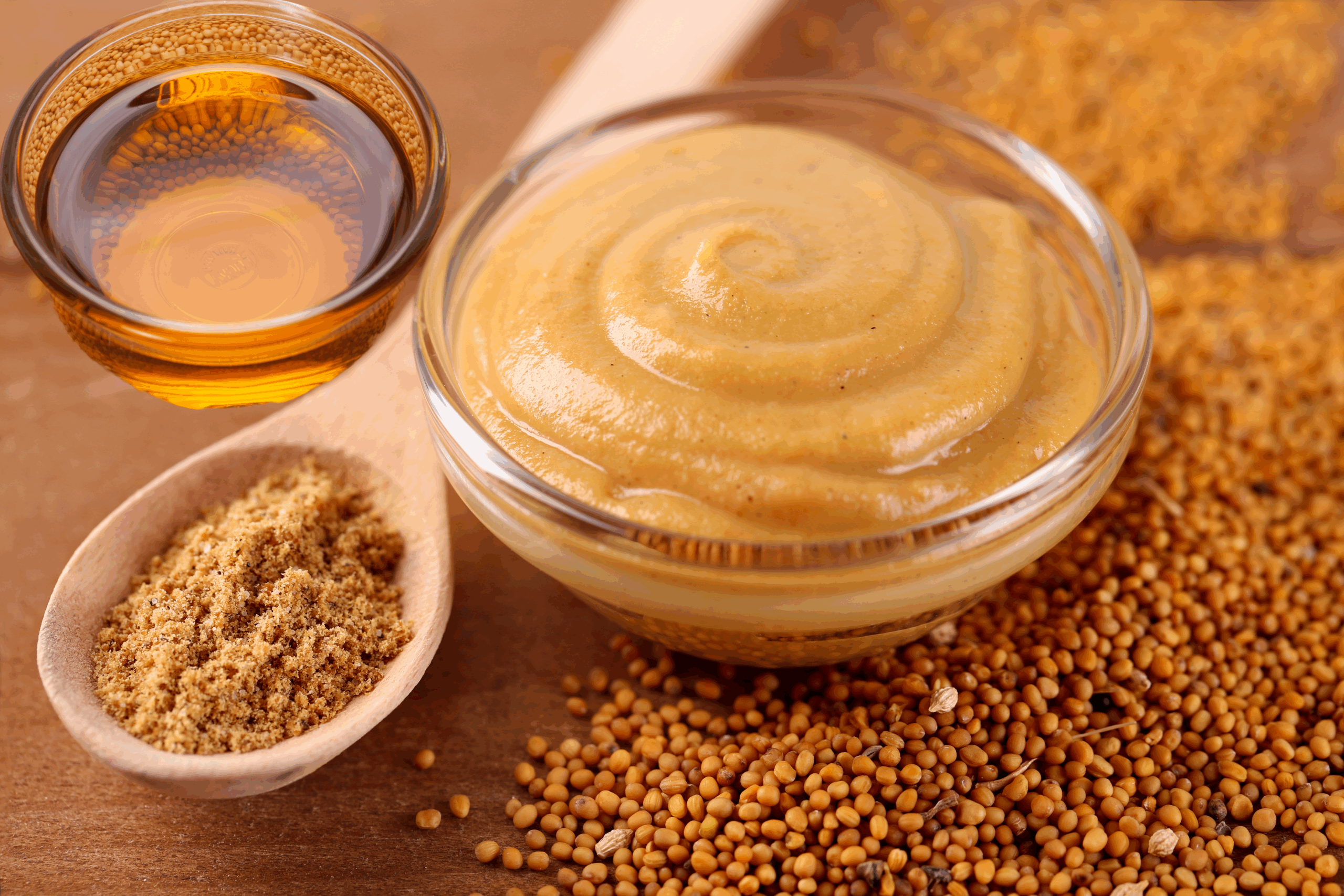
Recipes with Mustard Seeds
Mustard seeds show up in all kinds of dishes, from quick stir-fries to bright chutneys. Here are a few recipes where their crackle and warmth really shine:
- Vegetable Stir-Fry with Turmeric and Mustard Seeds
- Crispy Fried Potatoes with Garam Masala, Mustard Seeds and Chili
- Strawberry Ginger Chutney with Roasted Cumin and Mustard Seeds
- Coconut Mint Chutney with Roasted Mustard Seeds & Curry Leaves
Flavor Profile
Mustard seeds have a personality that changes depending on how you treat them.
-
Raw: They’re fairly mild at first, but chew on a seed and you’ll get a delayed burst of sharp, peppery heat—almost like horseradish or wasabi.
-
Toasted or tempered: Whole seeds popped in hot oil take on a nutty, earthy depth. The heat softens, and what’s left is pure, warm flavor with a satisfying crunch.
-
Ground or mixed with liquid: That’s when the spicy kick comes alive. Mix mustard powder with water or vinegar and you'll unlock its full, sinus-clearing potential.
Each type of seed brings a slightly different vibe:
-
Yellow is mellow and tangy, perfect for pickles and sauces.
-
Brown is bold and balanced, great for cooking.
-
Black is intense and pungent, ideal when you want to make a dish sing with spice.
Think of mustard seeds as shape-shifters—they go from subtle to sharp depending on how you coax them.
Culinary Uses Around the World
Mustard seeds travel well. While many people know mustard mainly as a condiment, the seeds themselves are treasured in kitchens across the globe for their texture, heat, and ability to deepen flavors.
India
Mustard seeds are essential to tempering, or tadka — the technique of sizzling spices in hot oil to release their aroma before pouring them over lentils, vegetables, or rice. They also appear in tangy pickles, spice blends, and in mustard oil, which is widely used for frying and flavoring dishes.
Europe
In Germany, France, and the UK, mustard seeds are most often ground into pastes to make everything from sharp Dijon to rustic wholegrain mustards. They’re also mixed with vinegar in pickling blends and brines, where whole seeds lend texture and bite.
Middle East and North Africa
Here, mustard seeds bring warmth to marinades, stews, and complex spice mixes such as baharat and ras el hanout, balancing sweeter and earthier flavors.
United States
Deli pickles, barbecue rubs, and artisan mustards all make use of mustard seeds. Whole seeds give crunch to brines, while ground mustard powder often finds its way into sauces, dressings, and rubs.
Southeast Asia
In Burmese and Bangladeshi cooking, mustard oil and seeds are prized for their fiery depth. They’re often paired with fish, potatoes, or leafy greens, adding intensity and richness to everyday dishes.
Wherever they appear, mustard seeds manage to leave their mark — sometimes with a quick crackle in hot oil, other times through a slow steep in vinegar. Either way, they add character that cooks around the world continue to rely on.
Cooking With Mustard Seeds
Mustard seeds can transform a dish when handled well, but they need just a bit of care. Too much heat and they’ll burn, leaving bitterness behind. Here’s how to get the flavor without the fuss:
Start with cool oil
Drop the seeds into oil before it’s fully hot. As the oil warms, the seeds release their flavor gradually instead of scorching right away.
Wait for the pop
You’ll know they’re ready when you hear that quick crackle, almost like tiny popcorn. That’s the moment to add your next ingredients or take the pan off the heat.
Try dry-toasting
For a nuttier flavor, toast mustard seeds in a dry skillet. Keep the heat medium and stir often—once they turn golden, they’re done.
Grind for bigger impact
Freshly ground seeds give more punch than store-bought mustard powder. Use a spice grinder or mortar and pestle to make rubs, sauces, or marinades.
Measure with care
Mustard seeds are potent. A teaspoon is often enough to shift the entire flavor base of a dish.
From tempering curries to adding crunch in a salad dressing, mustard seeds reward careful timing with bold aroma and depth.
Mustard Seeds in Drinks and Home Remedies
Mustard seeds have long been valued outside the kitchen, especially in Ayurveda and folk medicine. While today they’re mostly a cooking staple, traditional remedies still make use of their warming, stimulating qualities.
Soothing teas for colds and congestion
Crushed mustard seeds are sometimes steeped with honey, ginger, and lemon to make a spicy herbal tea. It’s believed to open the sinuses, ease coughing, and gently warm the body.
Support for digestion
A pinch of mustard seed powder stirred into warm water has traditionally been used to stimulate appetite, reduce bloating, and calm mild stomach discomfort.
Muscle soaks and poultices
Mustard seed powder or paste can be mixed into a warm bath or applied as a compress. The heat it generates is thought to help relax sore muscles and ease joint stiffness.
Gentle detox uses
In small amounts, mustard seeds have been linked in traditional practices to improved circulation and mild detox effects, such as flushing excess water from the body. Scientific backing is limited, but the belief has persisted across generations.
Note: These uses come from traditional practices and are not medical advice. Mustard is potent, so start with small amounts and consult a professional before using it as a remedy, especially beyond cooking
Flavor Pairings
Mustard seeds bring a nutty, slightly peppery kick that works in more dishes than you might expect. They shine when paired with the right flavors:
Acidic ingredients
Vinegar, lemon juice, and tamarind balance the warmth of mustard seeds and bring out their tangy edge. That’s why they’re so common in pickles, chutneys, and vinaigrettes.
Earthy spices
Cumin, coriander, turmeric, fenugreek, and curry leaves are natural partners. Together they form the base of many Indian and Southeast Asian spice blends.
Garlic and ginger
This classic trio shows up in countless curries and stir-fries. Mustard seeds add snap to the mellow heat of garlic and the brightness of fresh ginger.
Honey and brown sugar
Sweetness softens the slight bitterness of mustard seeds, making them perfect in barbecue glazes, roasted vegetable dishes, or sticky sauces.
Everyday staples
Potatoes, lentils, cabbage, carrots, and meats like pork or chicken soak up the flavor beautifully. Even a quick vegetable sauté comes alive with a crackle of mustard seeds in oil.
Mustard seeds may not take center stage, but they’re the kind of ingredient that makes everything else taste more complete.
Mustard Seed Substitutes
Out of mustard seeds and halfway through cooking? No need to scrap the dish. Depending on the recipe, a few simple swaps can save the day.
Ground mustard powder
Good for dressings, sauces, and dry rubs. It won’t give you the crunch of whole seeds, but the heat and flavor are close. Start with about half the amount of seeds the recipe calls for, then adjust to taste.
Prepared mustard or mustard paste
Best in marinades, sauces, or stews where a bit of tanginess works. Since it adds moisture, cut back slightly on other liquids.
Wasabi or horseradish
Use sparingly in sauces or spice blends when you want sharp, nose-tingling heat. They’re not suitable for tempering or pickling but can mimic mustard’s bite.
Cumin or nigella seeds
If the recipe relies on whole seeds for texture or that little pop, cumin or nigella make good stand-ins, especially in tempering. The flavor won’t match exactly but still complements the dish.
Caraway or fennel seeds
Work well in pickling or breads when you want crunch and a mild spice. They add their own character while filling in for mustard seeds.
Tip: In recipes that call for blooming mustard seeds in hot oil (like Indian tadka), no substitute will give the exact same crackle. But these swaps will still bring flavor and texture that keep your dish balanced.
Nutritional Value (Per Teaspoon / 2 g)
Mustard seeds may be tiny, but they bring more than flavor. Here’s what you’ll typically find in 1 teaspoon (about 2 grams) of whole mustard seeds:
-
Calories: ~10 kcal
-
Protein: ~0.5 g
-
Fat: ~0.8 g
-
Carbohydrates: ~0.6 g
-
Fiber: ~0.3 g
-
Iron: ~0.2 mg
-
Calcium: ~15 mg
-
Magnesium: ~8 mg
-
Phosphorus: ~16 mg
-
Selenium: ~6 mcg
Even in small amounts, mustard seeds offer a nutrient boost, especially minerals like calcium, magnesium, and selenium that support bone health and metabolism.
Health Benefits of Mustard Seeds
Mustard seeds do more than add flavor—they bring a few natural wellness perks to the table too. Here’s what makes them worth sprinkling into your meals:
1. Support Digestive Health
Mustard seeds can help stimulate the production of saliva and digestive enzymes, which may improve digestion and reduce bloating after meals (Source).
2. Naturally Anti-Inflammatory
They contain compounds like selenium and glucosinolates, which have anti-inflammatory properties and may help the body manage oxidative stress (Source).
3. May Promote Heart Health
Thanks to their healthy fats and antioxidants, mustard seeds may support cardiovascular health when used in a balanced diet—especially in their whole or oil form (Source).
4. Rich in Antioxidants
These little seeds are packed with plant-based compounds that help fight free radicals, potentially supporting overall cellular health and immunity (Source).
5. May Help Boost Metabolism
Some studies suggest mustard seeds could have a mild thermogenic effect—helping to slightly raise metabolism and promote fat breakdown (Source).
Note: These benefits are modest and best enjoyed as part of a balanced, varied diet—not as a health cure or supplement.
Potential Health Risks of Mustard Seeds
Mustard seeds are generally safe when used in cooking, but like any strong spice, they come with a few cautions worth knowing:
1. Possible Allergic Reactions
Mustard is a known allergen for some people, especially in Europe and North America. Reactions can range from mild rashes to more serious respiratory symptoms. Always check ingredient labels if you have a food allergy (Sources 1, 2).
2. Overconsumption Can Cause Digestive Upset
In large amounts—especially when consumed raw or as supplements—mustard seeds may cause stomach irritation, heartburn, or diarrhea (Sources 1, 2).
3. Not Ideal During Pregnancy (in medicinal doses)
Culinary use is safe, but mustard oil and high-dose mustard preparations should be avoided during pregnancy unless approved by a healthcare provider (Source).
4. Irritation to Skin or Eyes
Mustard seed paste or powder can irritate the skin if left on too long (Source).
5. Interaction with Thyroid Function (in high doses)
Like other cruciferous plants, mustard seeds contain goitrogens that may interfere with thyroid function—but only if consumed in very high, regular quantities (Source).
Bottom line: Mustard seeds are perfectly safe in normal cooking amounts. Just don’t go overboard or use them medicinally without proper guidance.
Final Thoughts
Mustard seeds are easy to pass by on the spice shelf, yet once you get to know them, they’re hard to imagine cooking without. They bring flavor, texture, and even a touch of nutrition in a way few other spices can.
Whether you’re letting them pop in oil to build a curry base, slipping them into a pickle jar, or grinding them into a sauce, mustard seeds work quietly but powerfully. With just a little technique, they add warmth, crunch, and character to dishes from all over the world.
So the next time you hear that familiar crackle in the pan, you’ll know it’s more than background noise—it’s the start of something delicious.
FAQs
What’s the difference between yellow, brown, and black mustard seeds?
Yellow seeds are mild and tangy, brown are spicier and more earthy, and black are the boldest with sharp heat and intense flavor.
Can I use ground mustard instead of whole seeds?
Yes, but the texture and flavor release will be different. Use half the amount of ground and adjust to taste.
Why do mustard seeds pop when heated?
They contain natural oils and moisture that expand under heat, causing them to crackle and release aroma.
Are mustard seeds spicy?
They’re not hot like chili peppers, but they do bring a sharp, warming heat—especially when ground or mixed with liquid.
Are mustard seeds gluten-free?
Yes, pure mustard seeds are naturally gluten-free. Just check packaging for cross-contamination if you have dietary restrictions.
How long do mustard seeds last?
Stored properly in an airtight container, whole seeds can last up to a year or more without losing flavor.
Can I eat mustard seeds raw?
You can, but they’re quite bitter raw. Toasting or tempering them in oil brings out a much friendlier flavor.
Learn More About Mustard Seeds
Wikipedia – Mustard Seeds
A comprehensive overview of mustard seeds, covering their botanical origins, historical significance, cultural and religious symbolism, and global culinary uses. The article also touches on mustard seed varieties, oil production, and their role in agriculture and literature.
Healthline – Is Mustard Good for You?
A detailed breakdown of mustard’s nutritional benefits and potential downsides, explaining how mustard (as a condiment) can support heart health, blood sugar control, and digestion.


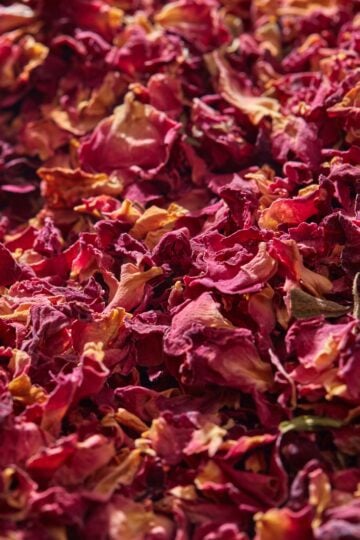
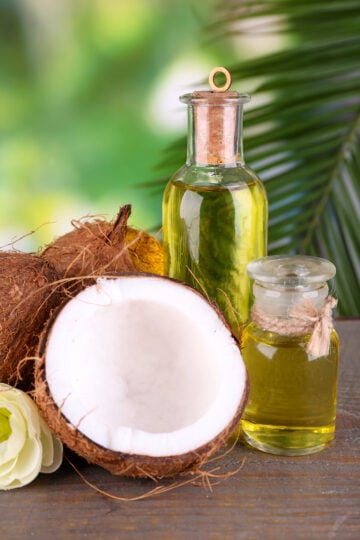
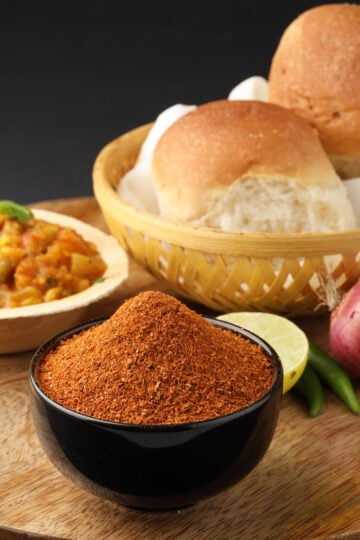
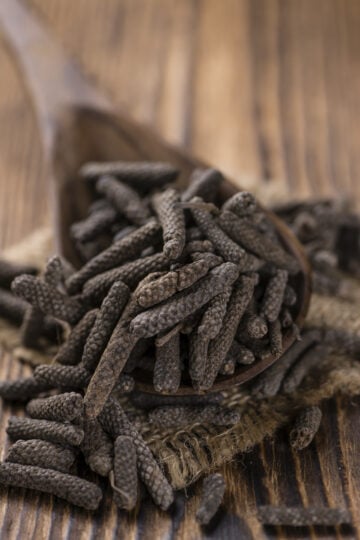
Have a question or something to share? Leave a comment below!